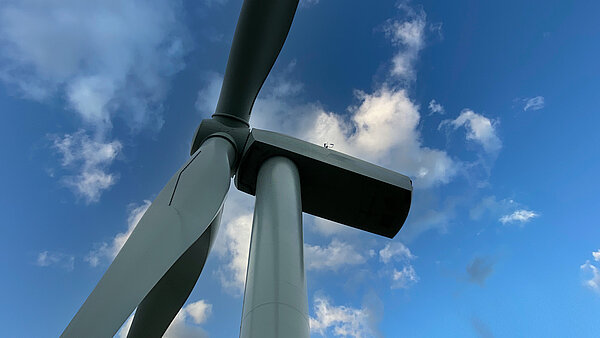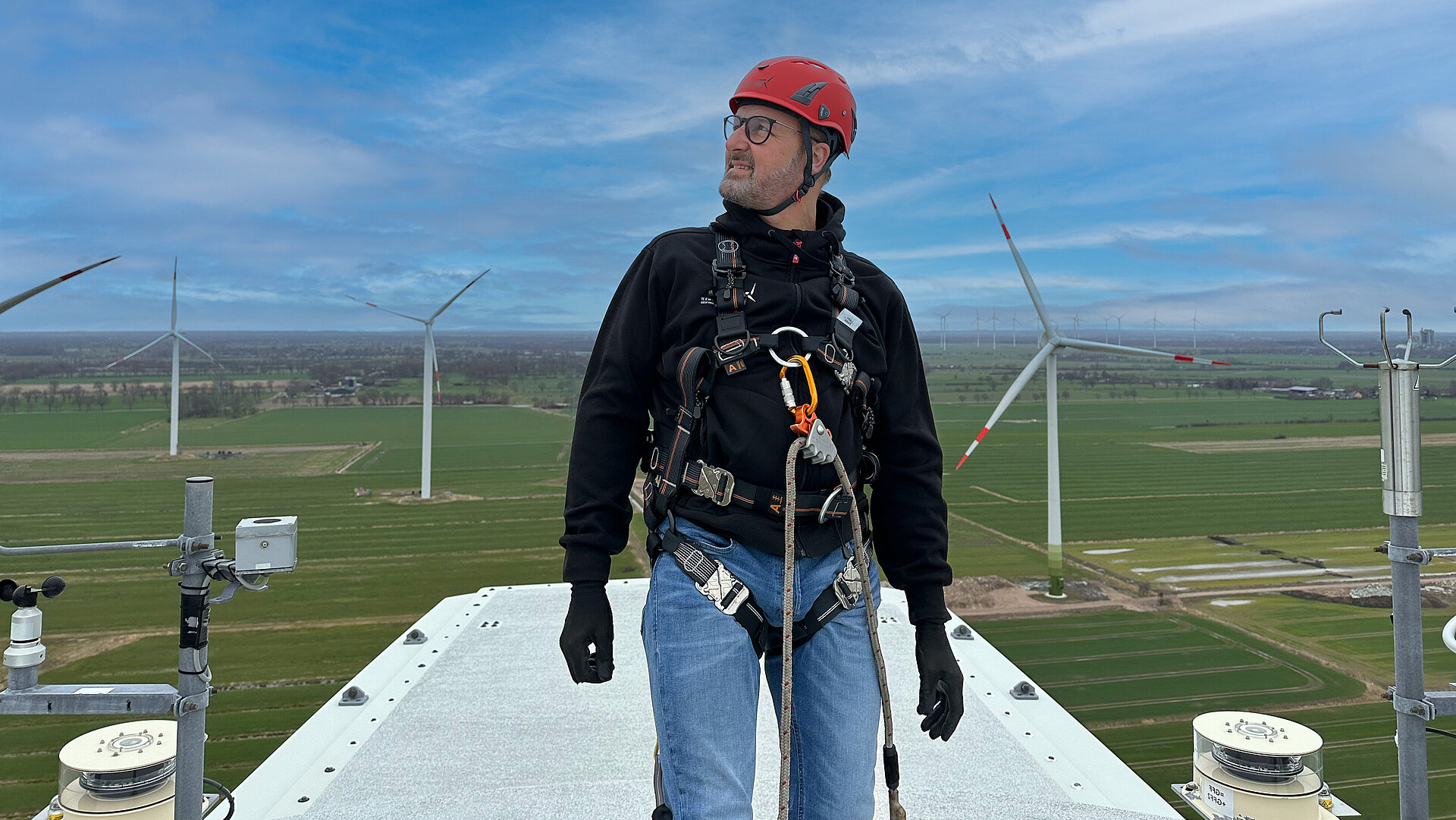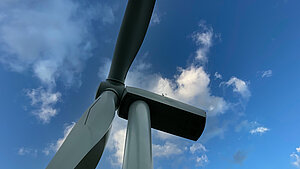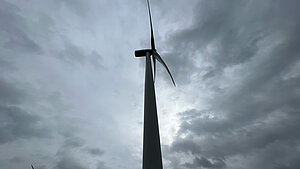They endanger the safety of the individual worker and make it necessary to plan the rescue chain in an emergency down to the last detail, ensuring that an accident victim can be given First Aid and medical attention as quickly as possible. This is why the operators of such power plants also need to meet highly specific requirements, which are laid out in national and international minimum safety standards and must be adhered to in all circumstances.
A professional and certified fall protection system for wind turbines with all its components must ensure the greatest possible individual protection without interfering with the work the technicians need to perform. As a general rule, all plants in Germany and Austria operate with an excellent safety concept. Notwithstanding, professionals have discovered potentials for improvement that would be relatively easy to implement.
Marc Wollschläger, Head of Sales & Business Development at BWTS, describes what these are. BWTS is a service provider in the field of renewable energies, i.e. for wind turbines, photovoltaics, and much more. The trained service technicians carry out testing, maintenance and repair work on renewable energy systems with utmost reliability and occupational safety. We stayed with BWTS at a wind farm in Süderau, 50 km from Hamburg. After asking the experts to give us their assessment of a Senvion 3.4 wind turbine, we worked out where there is currently room for improvement in terms of occupational safety and which solutions we offer in this regard.
On that day, Marc Wollschläger also accompanied a young colleague who had never been involved before in any of the work required at the wind turbine.
The status quo
"It was a very exciting and exhilarating day," says Esra Tutal, Junior Sales Manager at BWTS, summing up the events of the day. "I am absolutely thrilled. My fitness watch tells me that my pulse is still at 125“.

By loading this video, you accept Google's privacy policy.
The most common fall protection systems for onshore wind turbines include rail systems, single anchor points and the corresponding PPE. In our blog post: “Service engineers on wind turbines find themselves confronted with these challenges in terms of fall protection. INNOTECH Goes Wind Power lets you find details on the specific hazard areas and the safety solutions you need to secure them. Offshore installations are most commonly equipped with a guardrail system fitted to the roof as these installations are often approached by helicopter and require workers to rappel down to the installation.
The vertical ascent and descent
Climbing up the ladder of onshore turbines requires the workers to detach and re attach to the system several times. Find out what the experts have to say about it in the video.
“We can do even better!”
The goal set for this day was to develop a feel for the field of wind power that would help us offer safety solutions that can be optimally adapted to the needs and requirements in practice. Marc Wollschläger found that it proved to be a tricky task to remain continuously secured while trying to reach the measuring instruments on the roof of the installation - at least he sometimes had a rather queasy feeling.
"You frequently have to detach from one safety system and re-attach to another," he states, explaining the situation. He views this as complicated and elevating the safety risk. He wishes for the service technicians to have the ability to move freely despite the fall protection system, as this will let them do their daily work in the best possible way. He is convinced that: “We can do even better! Namely: with a continuous runner system and two redundant anchor points." Especially for newcomers in this area, such a modern system would be much easier to use and, consequently, be much safer.

By loading this video, you accept Google's privacy policy.
Discover our solutions for wind turbines here.
Summary
The wind turbines in Germany and Austria are exceptionally well protected against falls and accidents. After all, the protection of workers in such dangerous workplaces is also mandated by law. Nevertheless, their work in practice has led professionals to identify room for improvement, which, thankfully, can be filled easily with the appropriate measures.
If you have questions about safety on wind turbines, you should contact us now. Our experts will be happy to advise you! In addition, our application page offers you an overview of the safety solutions we have devised for the field of wind power. To provide more details on this topic, we have also prepared a checklist for you.

















